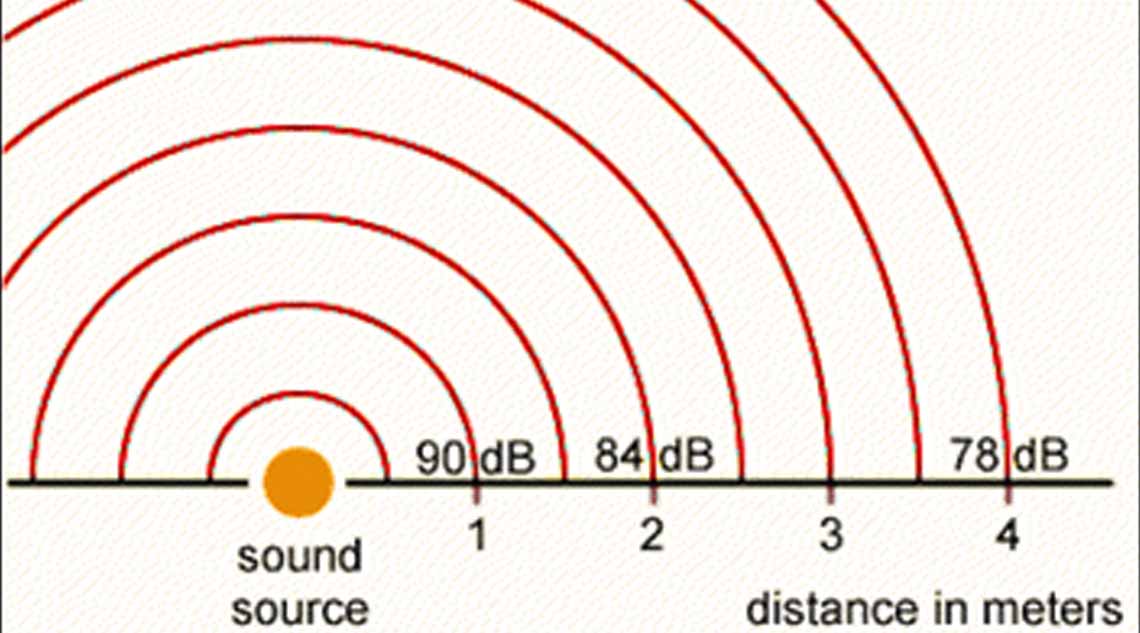Sound field mapping is a critical element in the development and execution of mass notification systems, which serves to efficiently and promptly alert individuals in a specified area about emergencies such as fires, severe weather, or other hazardous situations.
Through the process of mapping the sound field, the installation of the system guarantees that notifications are clearly heard and understood throughout the entire coverage area, thereby maximizing the system's efficacy in notifying and safeguarding individuals.
One of the prominent advantages of sound field mapping in mass notification systems is the capability to pinpoint areas with low sound coverage or potential sound obstructions within the given environment. By strategically positioning sound measuring devices throughout the space and examining the collected data, our designers can identify areas where sound may be muffled, distorted, or otherwise impeded. Subsequently, this information can be utilized to make necessary adjustments to the system, such as including additional speakers, altering the placement of existing speakers, or integrating sound-enhancing technologies to ensure that the notifications are discernible across the designated zones.
Moreover, sound field mapping and RF signal heat mapping operate on similar principles as they both generate maps indicating the strength of measurements in a simplified format, utilizing units like dB and dBC for sound field mapping and dBm Power for RF signal testing. These tools are vital for maximizing and analyzing communication systems. Although heat mapping and sound field mapping may bear similarities, they differ in their focus and applications, which will not be delved into here.
Sound field mapping encompasses the measurement and visualization of sound levels and propagation patterns within a specified area. It is commonly employed in settings where sound clarity and coverage are crucial, such as emergency response centers, public announcement systems, and sports venues. Sound field mapping facilitates the identification of areas with sound distortion, obstruction, or attenuation, allowing for the optimization of communication systems to enhance clarity and effectiveness. This practice is particularly significant in scenarios where audible communication holds paramount importance for safety and coordination, such as in emergency response, public safety, and perilous sports arenas.
Testing at different frequencies using dBC measurements is essential as the human ear exhibits varying sensitivities to different frequencies. By assessing sound levels across a spectrum of frequencies, occupational health and safety professionals can accurately evaluate the potential impact of noise exposure on workers' hearing health while ensuring optimal frequencies are employed for clarity. Therefore, the usage of dBC measurements in sound field testing is imperative for guaranteeing comprehensive monitoring, safeguarding workers from the adverse effects of excessive noise exposure, and optimizing sound for the masses.
In addition to providing comprehensive coverage, sound field mapping aids in optimizing the effectiveness of mass notification systems by mitigating sound reflections, reverberations, and other acoustic phenomena that could affect clarity and intelligibility. By scrutinizing the sound field and identifying potential impediments or disruption, our designers can make informed decisions regarding speaker placement and configuration as well as the type of sound signals utilized to improve the overall quality of notifications. Additionally, sound field mapping can be employed to simulate and test different scenarios, enabling our designers to assess the system's performance under varying conditions and make necessary adjustments. This proactive approach ensures that the system aligns with performance standards and regulatory requirements while imparting peace of mind to users and stakeholders regarding its reliability and effectiveness during emergencies.
In telecommunications and public safety realms, sound field mapping finds utility in numerous areas, optimizing the performance and effectiveness of communication systems and emergency notification systems. Some key sectors where sound field mapping can yield benefits include Emergency Response Centers, Public Announcement Systems, Telecommunications Infrastructure, Emergency Vehicle Sirens, Motorsports Events, Extreme Sports Venues, and High-Risk Activities. Comprehensively, sound field mapping serves to improve communication clarity, coverage, and efficiency across various environments and situations, enhancing public safety and reliability. Through the application of sound field mapping techniques, our designers and engineers are able to fine-tune communication systems and emergency notification systems to bolster communication reliability and public safety across different scenarios and sectors.

